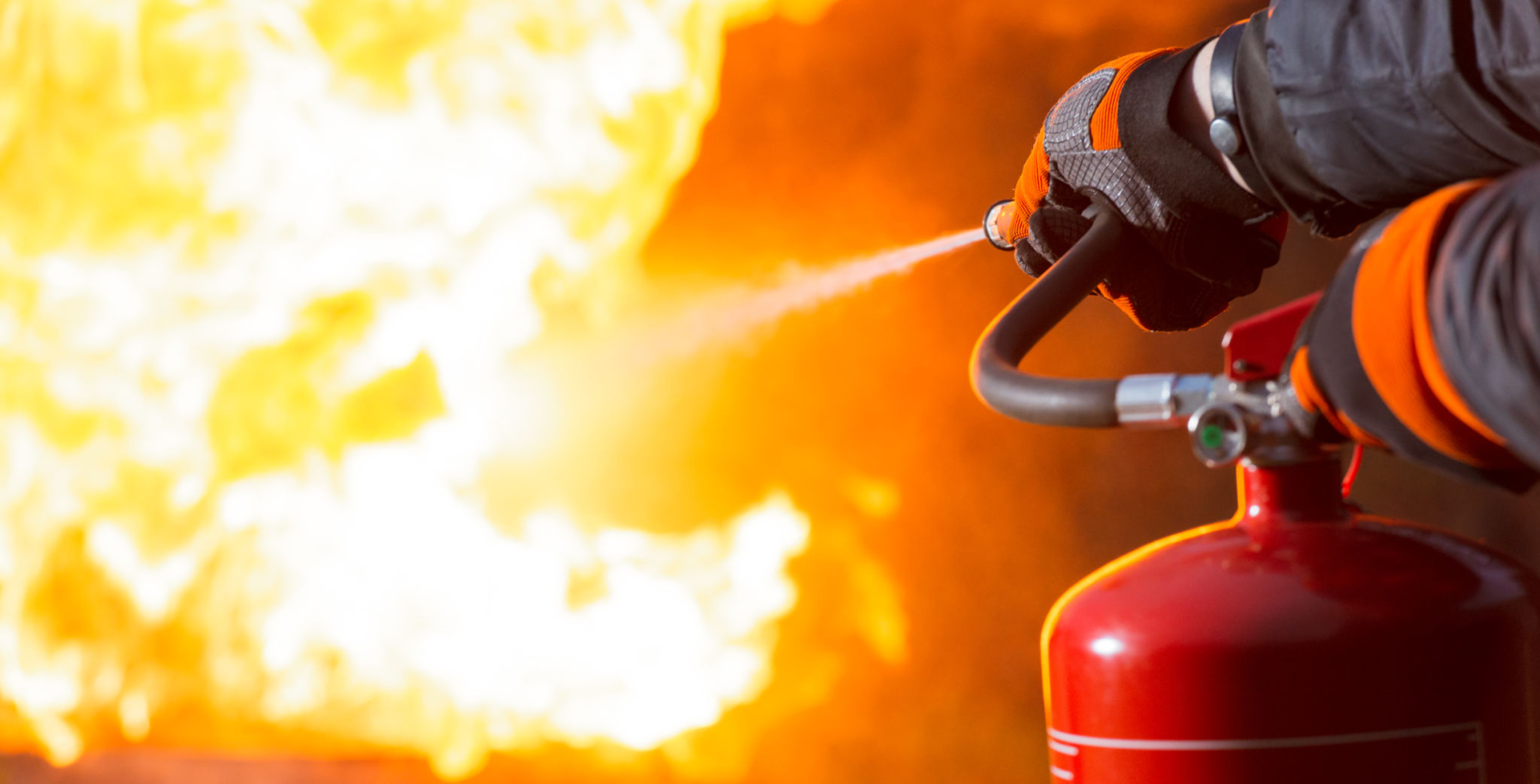The Ultimate Guide to Fire Protection Systems for Raleigh Businesses
Understanding Fire Protection Systems
Fire protection systems are essential for any business, especially in a bustling city like Raleigh. These systems are designed to detect fires, suppress them, and ensure that everyone can evacuate safely. The importance of having a robust fire protection system cannot be overstated, as it not only protects your assets but also safeguards lives.

There are several types of fire protection systems available, each with its own unique features and benefits. From sprinklers and alarms to extinguishers and smoke detectors, understanding the different components can help you choose the right one for your business needs.
Types of Fire Protection Systems
Active Fire Protection Systems
Active fire protection systems require some form of action or motion to function effectively. This includes systems like sprinklers and fire extinguishers. Sprinkler systems are one of the most common types of active systems and are highly effective in controlling fires. They can either be automatically or manually activated.
Fire extinguishers are another critical component. They come in various types, each designed for specific kinds of fires. It is vital that your staff is trained in using them properly to ensure maximum effectiveness in an emergency.

Passive Fire Protection Systems
Unlike their active counterparts, passive fire protection systems focus on containing fires and preventing their spread. These systems include fire-resistant walls, floors, and doors. They play a crucial role in maintaining the integrity of your building during a fire and provide additional time for evacuation or the arrival of emergency services.
Incorporating passive fire protection is a strategic approach to ensuring that your building can withstand the initial impact of a fire, reducing potential damage and enhancing overall safety.
Installation and Maintenance
Installing a fire protection system is only the first step; regular maintenance is crucial to ensure its functionality. Routine checks and servicing can help identify potential issues before they become serious problems. Engaging a professional service provider for regular inspections is a wise investment in safety.

Moreover, updating your system with the latest technology advancements can provide improved protection and efficiency. Staying informed about new developments in fire safety can significantly enhance your business's preparedness for any fire-related emergencies.
Compliance and Regulations
Businesses in Raleigh must adhere to specific fire safety regulations and building codes. These codes are designed to ensure that all commercial properties maintain a standard level of safety. Non-compliance can result in fines, legal issues, and increased risk during a fire incident.
It is important for business owners to familiarize themselves with these regulations and ensure their fire protection systems meet all necessary criteria. Consulting with experts can provide valuable insights into compliance requirements and help avoid potential pitfalls.

Training and Preparedness
Training staff on emergency procedures and the proper use of fire protection equipment is essential. Regular fire drills can help employees become familiar with evacuation routes and procedures, ensuring that everyone knows what to do in case of a fire.
Preparedness not only involves having the right equipment but also ensuring that everyone on the premises is well-versed in safety protocols. Investing in training can significantly enhance your business's overall safety culture.
Conclusion
Fire protection systems are a critical component of any business's safety strategy. By understanding the different types available, ensuring regular maintenance, and adhering to local regulations, Raleigh businesses can protect their assets and ensure the safety of their employees. Remember, proactive planning and preparedness are key to mitigating the risks associated with fires.
